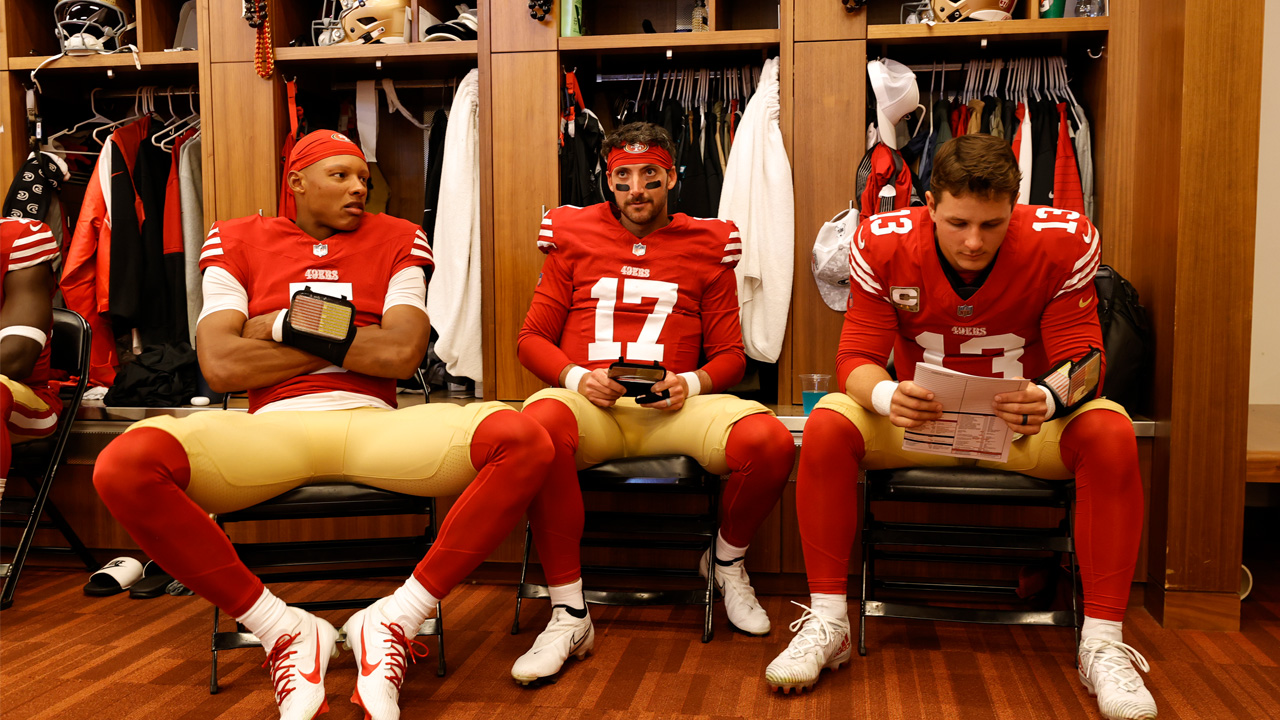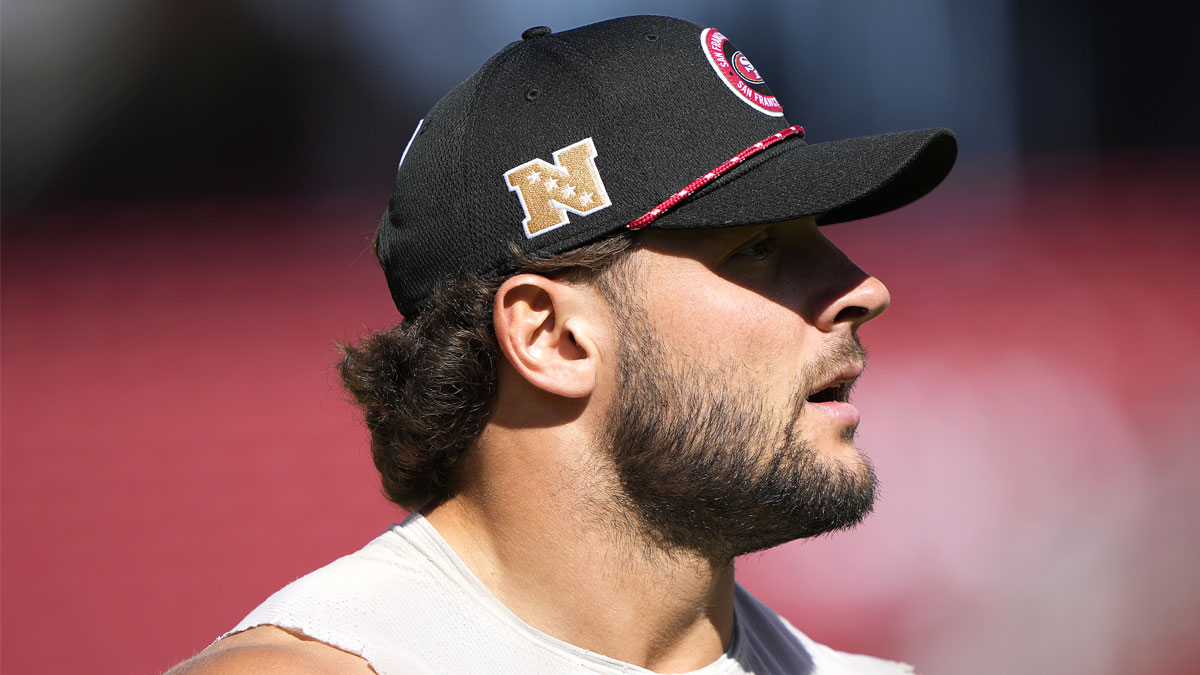The NFL has reached a tentative $765 million settlement over concussion-related brain injuries among its 18,000 retired players, agreeing to compensate victims, pay for medical exams and underwrite research.
A federal judge announced the agreement Thursday after months of court-ordered mediation. It came just days before the start of the 2013 season.
More than 4,500 former athletes — some suffering from dementia, depression or Alzheimer's that they blamed on blows to the head — had sued the league, accusing it of concealing the dangers of concussions and rushing injured players back onto the field while glorifying and profiting from the kind of bone-jarring hits that make for spectacular highlight-reel footage.
The NFL has long denied any wrongdoing and insisted that safety has always been a top priority. But the NFL said Thursday that Commissioner Roger Goodell told pro football's lawyers to "do the right thing for the game and the men who played it."
The plaintiffs included Hall of Famer Tony Dorsett, Super Bowl-winning quarterback Jim McMahon and the family of Pro Bowler Junior Seau, who committed suicide last year.
Under the settlement, individual awards would be capped at $5 million for men with Alzheimer's disease; $4 million for those diagnosed after their deaths with a brain condition called chronic traumatic encephalopathy; and $3 million for players with dementia, said lead plaintiffs' lawyer Christopher Seeger.
Any of the approximately 18,000 former NFL players are eligible.
Sports
Senior U.S. District Judge Anita Brody in Philadelphia announced the proposed agreement and will consider approving it at a later date.
The settlement most likely means the NFL won't have to disclose internal files about what it knew, and when, about concussion-linked brain problems. Lawyers had been eager to learn, for instance, about the workings of the league's Mild Traumatic Brain Injury Committee, which was led for more than a decade by a rheumatologist.
In court arguments in April, NFL lawyer Paul Clement asked the judge to dismiss the lawsuits and send them to arbitration under terms of the players' contract. He said that individual teams bear the chief responsibility for health and safety under the collective bargaining agreement, along with the players' union and the players themselves.
Players lawyer David Frederick accused the league of concealing studies linking concussions to neurological problems for decades.
In recent years, a string of former NFL players and other concussed athletes have been diagnosed after their deaths with chronic traumatic encephalopathy, or CTE. Those ex-players included Seau and lead plaintiff Ray Easterling, who filed the first lawsuit in Philadelphia in August 2011 but later committed suicide.
About one-third of the league's 12,000 former players eventually joined the litigation. They include a few hundred "gap" players, who played during years when there was no labor contract in place, and were therefore considered likely to win the right to sue.



